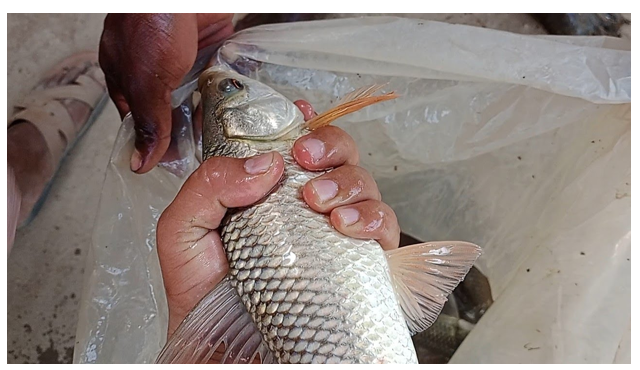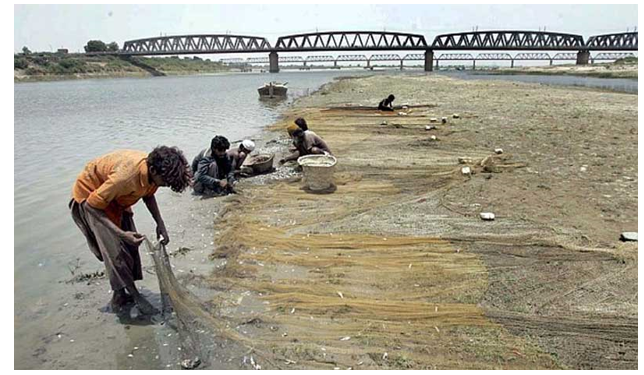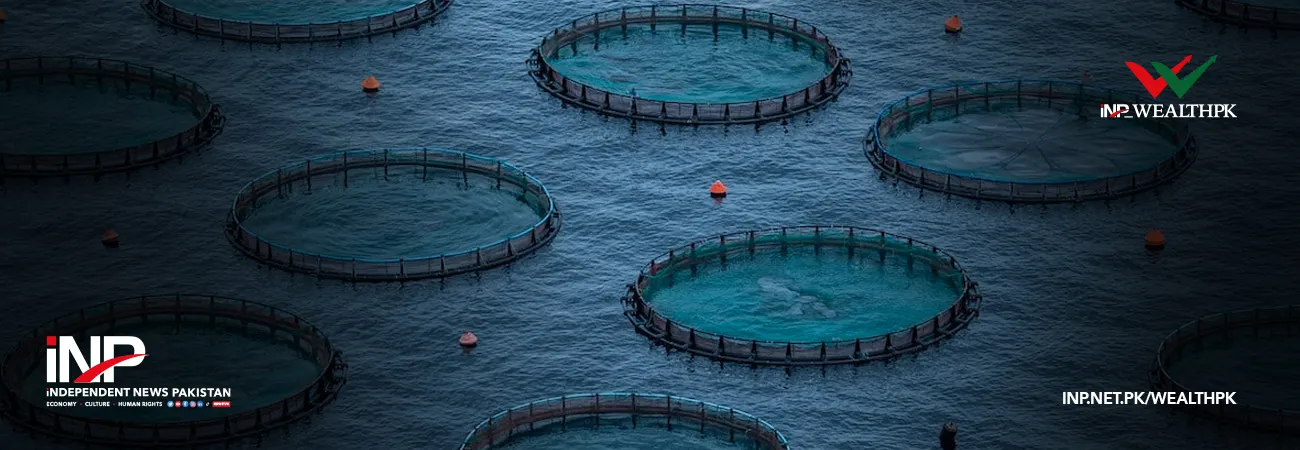INP-WealthPk
Ahmed Khan Malik
The Sindh government will allocate land for fishing farming in the coastal belt stretching from Karachi to Badin district, which is considered ideal for the purpose.

“The move is aimed at increasing the exports,” Najmi Alam, Adviser to Sindh Chief Minister for Fisheries, told WealthPK. He said the government, with financial assistance from the World Bank, is set to launch a new scheme to support fish farming. He noted that fish farming in Sindh is not at the desired level, so the provincial government is now giving incentives to promote this economic activity. Sindh province is rich in aquatic resources and has a strong irrigation network based on the Indus River, canals, barrages, reservoirs, lakes, waterlogged areas and village ponds. Besides, the land of Sindh is very fertile for fish farming. The majority of fish farms are located in Thatta, Badin and Dadu districts, through which the Indus River flows. Badin and Thatta have waterlogged floodplain areas, which are suitable for fish farming.

“Presently, about 6,000 fish farms are functionally operating across the province, employing 20,000 people. The province has huge potential and opportunities for the sustainable aquaculture growth and development,” Moeen Raza, a member of the Executive Body of Fish Exporters’ Association, said. Speaking to WealthPK, he said that farmers faced with low crop productivity are now turning to aquaculture to boost incomes. Aquaculture is a fast-growing industry and attaining a great significance in most of the Sindh villages. He pointed out most land-owning farmers wish to convert and utilise their lands for aquaculture farming/production. Moeen noted that fish farming provides high yields and profits in less time with low physical and financial inputs and management.
Pakistan earned $410.268 million by exporting 200,709 metric tonnes of fish and fish preparations during the fiscal year 2023-24 as compared to the exports of $496.565 million during the fiscal year 2022-23, registering a decline of 17.38%. In terms of quantity, the exports of fish and fish preparations decreased by 6.45% during the year under consideration when compared to the exports of 214,542 metric tonnes in the preceding year. On a year-on-year basis, the seafood exports decreased by 22.19% to $31.044 million in June 2024 compared to the exports of $39.896 million in June 2023. In terms of quantity, the exports witnessed a 16.99% decrease as they went down from 18,901 metric tonnes in June 2023 to 15,689 metric tonnes in June 2024.
Credit: INP-WealthPk













